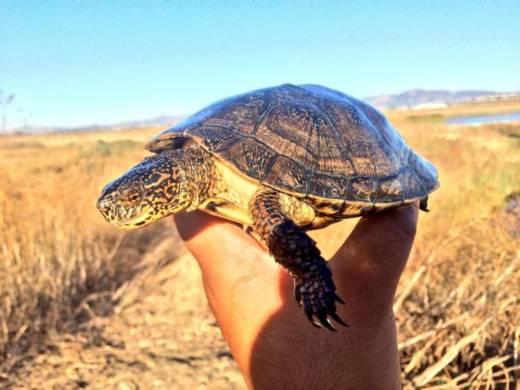Projected sea level rise by the end of the century could threaten 90 percent of coastal freshwater turtles, according to a study published on Monday in the journal Biological Reviews.
The study, conducted by researchers at UC Davis, marks the first in-depth assessment of how sea level rise could affect habitats for freshwater turtle species.
About three-quarters of the world’s freshwater turtles live near coastlines that are expected to experience a sea rise of 3 feet by 2011. Of those species, fewer than half are known to sometimes tolerate a slightly saltier environment.
“We don’t yet know whether these turtles can adapt or shift fast enough to move with the changing salinity,” says lead author Mickey Agha, a UC Davis graduate student.
Researchers have been studying western pond turtles, California’s only native freshwater turtle species. Classified as a species of “special concern” by the California Department of Fish and Wildlife, their populations have significantly dwindled, due in part to habitat loss caused by development, says the report.

